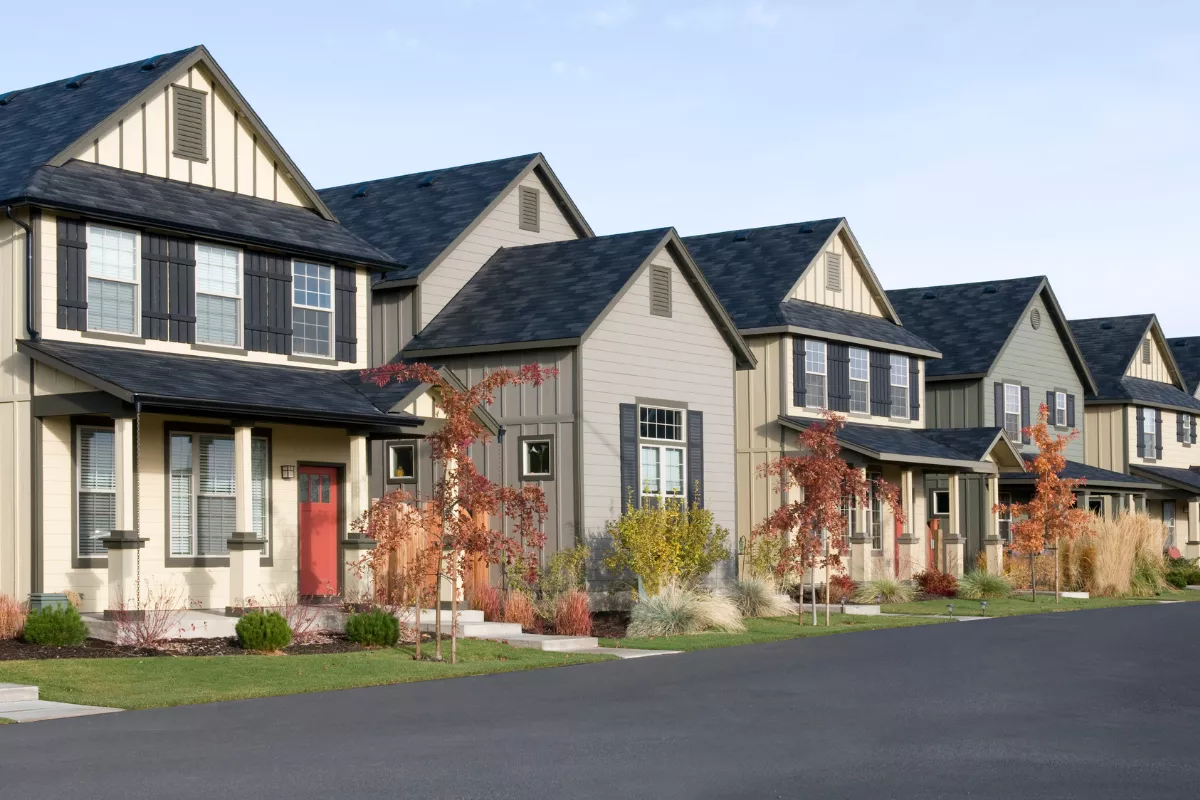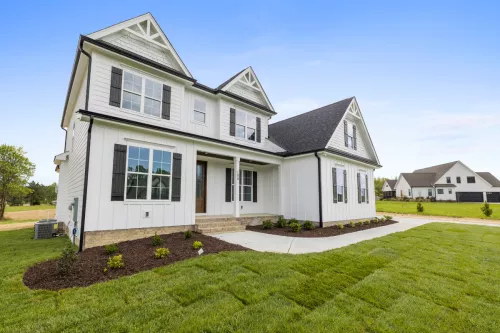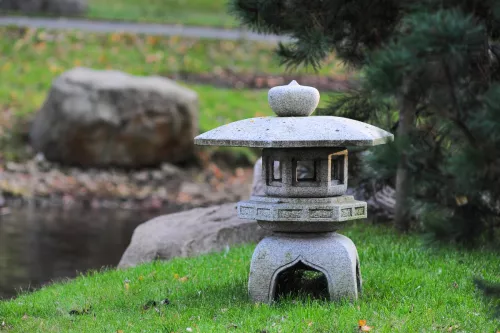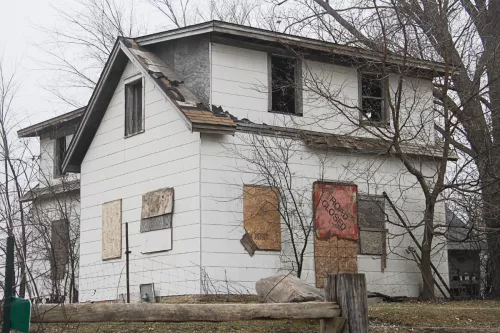Row houses, a term synonymous with urban dwelling, have been a staple in the architectural landscape for centuries. From their historical roots to their modern-day adaptations, row houses offer a unique blend of communal living and individual space.
Here, we'll delve into the essence of row houses, exploring their definition, origins, advantages, disadvantages, key characteristics, and their historical evolution. We'll also address some frequently asked questions to provide a holistic understanding of this intriguing housing style.
What is a Row House?
A row house, as the name suggests, is a residential building that shares common sidewalls with the houses on either side, forming a continuous row. Unlike detached homes, row houses are designed to maximize space in densely populated areas, offering individual living spaces within a compact urban footprint. Each unit typically has its own entrance and rear exit, often leading to a small backyard or garden.
Why is it Called a Row House?
The term "row house" stems from the architectural layout of these homes, which are built in a straight line, or "row", creating a uniform street facade. This linear arrangement is not just practical in terms of land use but also creates a sense of harmony and continuity in urban neighborhoods.
Advantages and Disadvantages of Row Housing

Advantages
Efficient Use of Space
Row houses are praised for their ability to accommodate more people in less space, making them ideal for urban settings.
Community Feel
The proximity to neighbors fosters a sense of community and belonging, often leading to close-knit relationships.
Architectural Charm
Many row houses boast historical architectural features, adding aesthetic value to urban landscapes.
Disadvantages
Limited Privacy
The shared walls can sometimes lead to noise issues and a sense of reduced privacy.
Uniformity
The consistent design can be a drawback for those seeking unique or customizable living spaces.
Limited Outdoor Space
Most row houses have restricted backyard areas, which might not appeal to those desiring expansive outdoor living spaces.
Key Characteristics of Rowhouses

Row houses are distinguished by several defining features:
Shared Walls
Each house shares at least one wall with a neighboring unit.
Uniform Facade
The external appearance of each unit is often similar, maintaining a cohesive look along the row.
Multiple Floors
To compensate for the limited footprint, row houses are typically multi-storied.
Private Entrances
Despite the communal layout, each house has its own entrance, ensuring individuality within the collective structure.
The History of Row Houses
The concept of row houses dates back to Europe in the 16th century, becoming prevalent in cities like London and Paris. The design was a solution to the burgeoning population and limited space within city walls.
In the United States, cities like Philadelphia, Baltimore, and San Francisco embraced row houses in the 19th century, adapting the style to suit the New World's urban planning and architectural preferences.
People also ask
Are row houses a good investment?
Row houses can be a good investment, especially in high-demand urban areas where space is at a premium. Their historical significance and architectural charm can also add to their value.
Can row houses be detached?
By definition, row houses are attached. Detached houses sharing a stylistic resemblance but not physical walls are not considered row houses.
Do row houses have backyards?
Yes, many row houses have small backyards or gardens, providing a private outdoor space within the urban environment.
How do row houses differ from townhouses?
The terms are often used interchangeably, but traditionally, townhouses refer to upscale row houses in city centers, while row houses might be more modest and found in various urban settings.

 Marcio Vasconcelos
Marcio Vasconcelos





